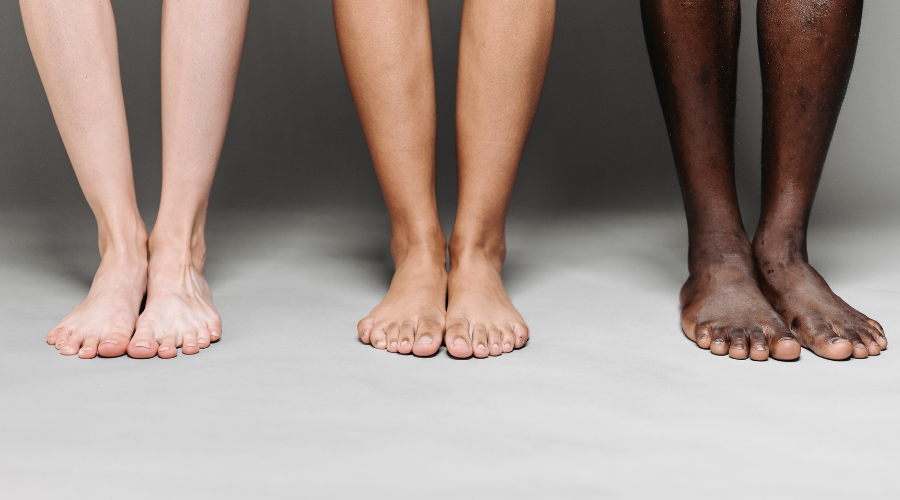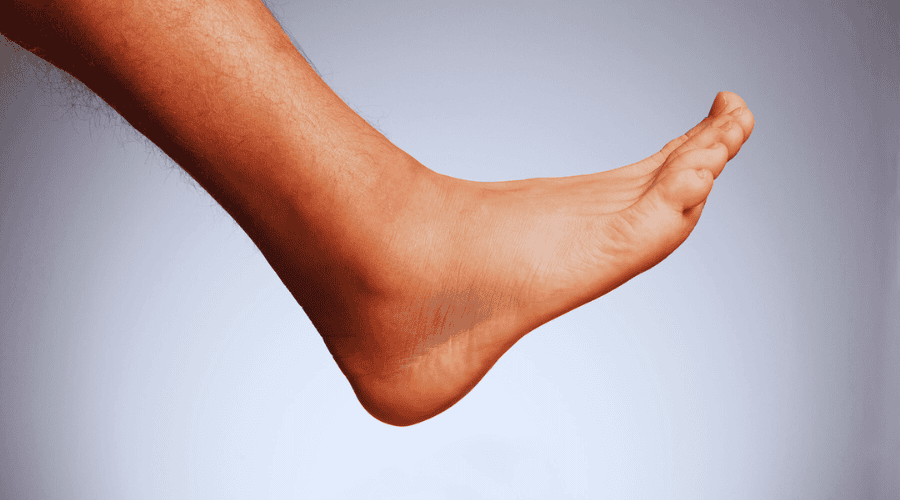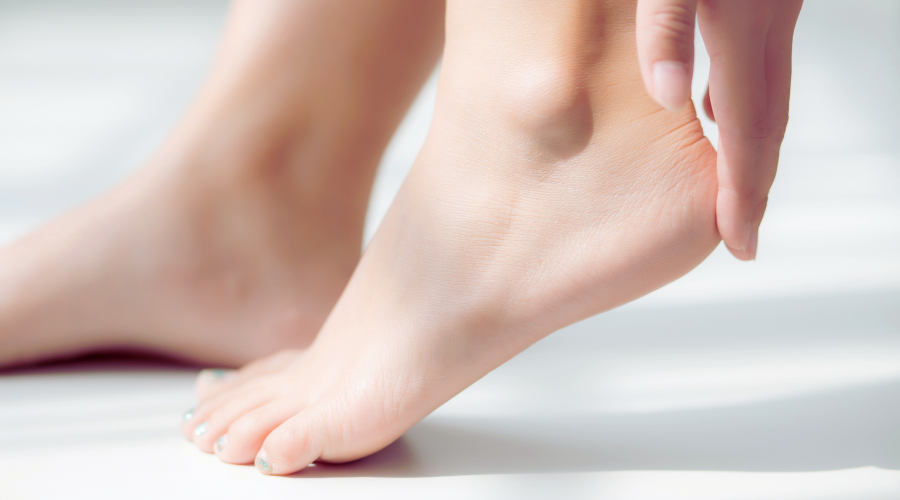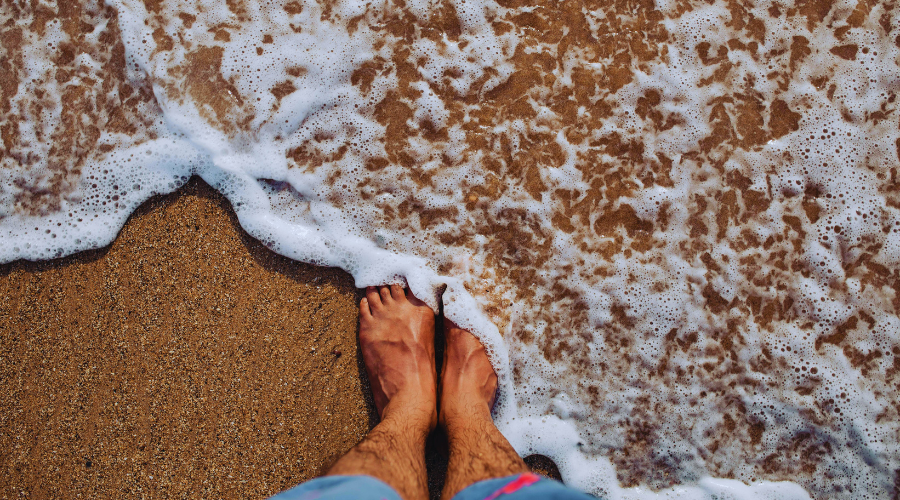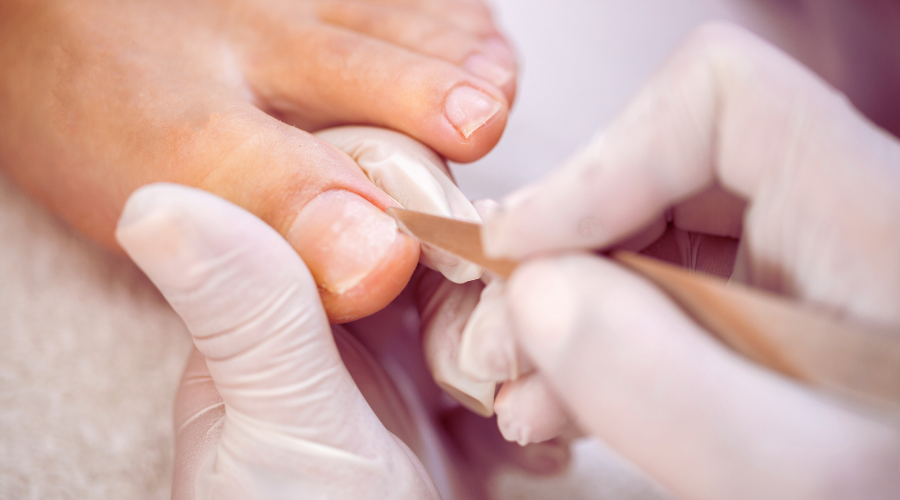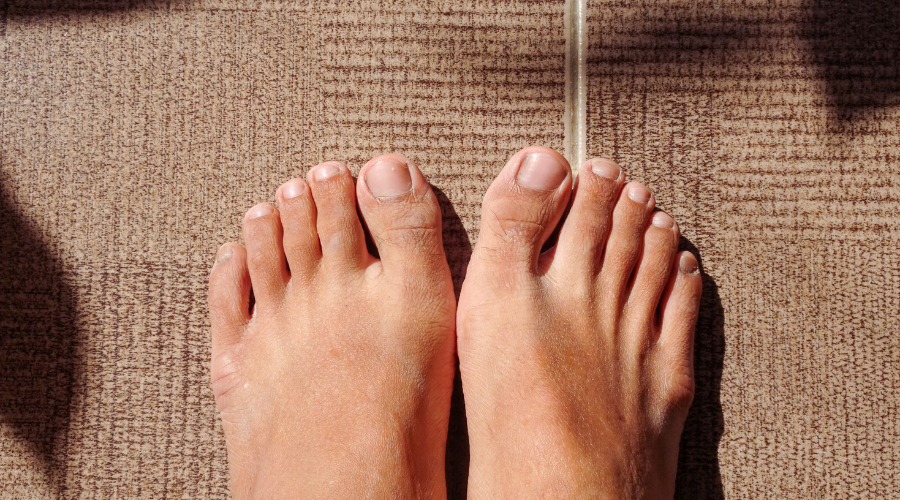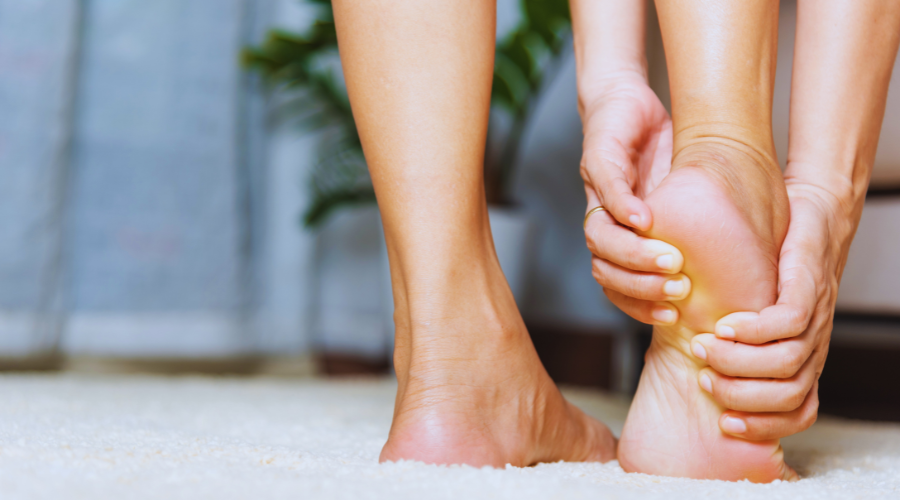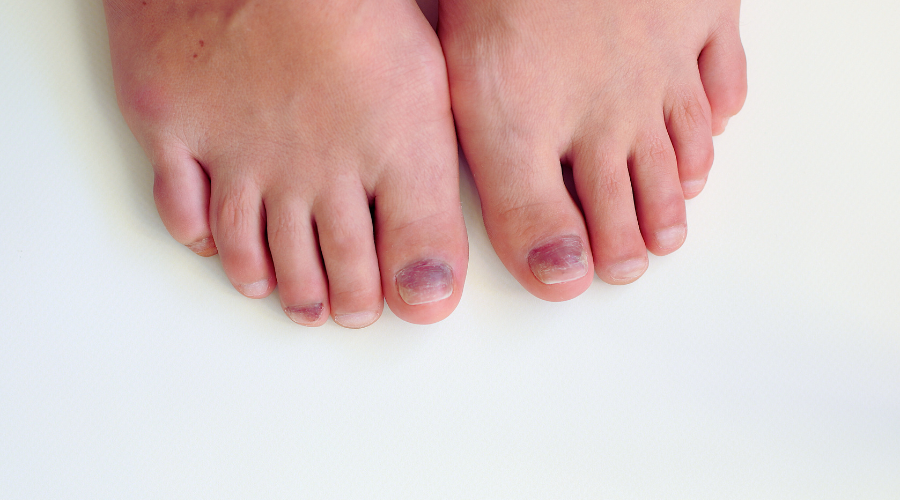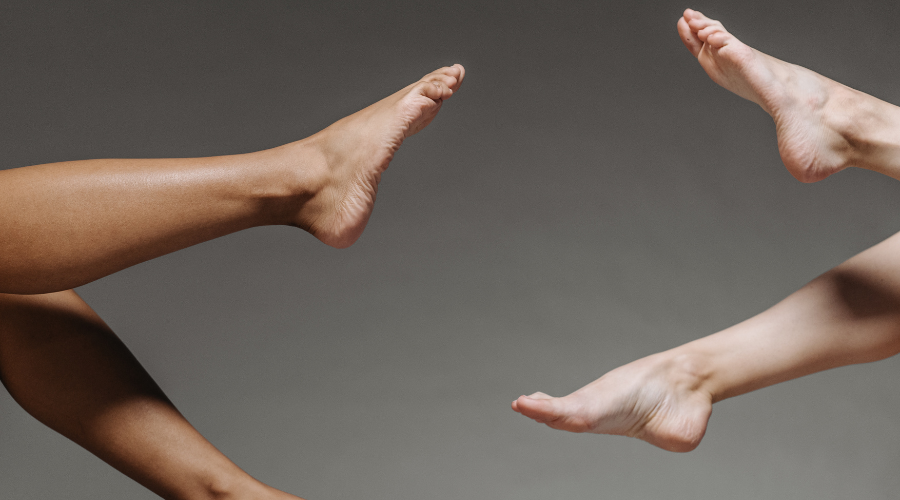Have you noticed a greenish tint on your toenails? This discoloration often begins as a small spot at the edge of the nail that may have been covered with polish in hopes it would resolve on its own. If this scenario sounds familiar, you may be experiencing “green nail syndrome,” medically referred to as chloronychia.
As a podiatrist practicing in Australia for over a decade, I frequently encounter this condition, particularly during the summer months. In this article, I will explain the etiology of this condition, clarify common misconceptions about its nature, and outline appropriate treatment protocols.
What Is Green Nail Syndrome?
Chloronychia is a bacterial infection affecting the nail plate. The critical distinction to understand is that despite common misconceptions, it is NOT a fungal infection.
The characteristic green discoloration is produced by pyocyanin, a pigment secreted by Pseudomonas aeruginosa bacteria. This microorganism thrives in warm, moist environments – conditions that frequently develop beneath nail polish or within compromised nail structures.
The green discoloration may present in varying intensities, from a subtle tint to a pronounced emerald hue. In some cases, onycholysis (separation of the nail from the nail bed) may accompany this discoloration.
Why This Happens During Summer
In my clinic, I see many more cases during our Australian summer, particularly beach season. There are three main reasons for this:
- Hidden nail damage: Small bumps or injuries to your nail may not be visible
- Water exposure: Swimming, beach visits, and sweaty feet create moisture
- Nail polish: Polish (especially gel) can trap bacteria and moisture underneath
One patient came to see me after a trip to Fiji where it rained heavily. Her feet were often wet, and she developed green patches on two toenails. She hadn’t noticed any nail damage before her trip, but the constant moisture created perfect conditions for the bacteria.
The Nail Salon Link
Many patients develop this condition after visits to nail salons. This happens when:
- Tools aren’t properly cleaned between clients
- Existing nail damage gets covered with fresh polish
- Gel or shellac polishes seal in moisture and bacteria
Important tip: Always check your nails carefully during polish changes. If you see even a tiny green patch, don’t cover it with more polish.
How to Know If You Have It
Look for these signs:
- Green color on your nail (light to dark green), most commonly on the big toe
- Nail lifting from the nail bed
- A damp feeling under the affected nail
- Mild tenderness around the nail
Why It’s Often Mistaken for Fungus
Almost every patient I see with green nails was previously told they had a fungal infection. This leads to weeks of using the wrong treatments.
The mistake is understandable. Both conditions cause nail discoloration. But fungal infections usually make nails yellow, thick, and brittle. The bright green color is the main clue that bacteria, not fungus, is the problem.
How to Treat Green Nails
For mild cases, you can try these steps at home:
- Remove all polish: Let your nail breathe and dry out. Bacteria need moisture to grow.
- Keep it uncovered: Resist covering the nail with more polish. If you must cover it for a special event, use regular polish (not gel) and remove it right after.
- Trim affected areas: If only the tip of your nail is green, carefully trimming that part can help.
- Try vinegar soaks: Soak in equal parts white vinegar and warm water for 10 minutes daily. The acid helps kill the bacteria.
Why You Should See a Podiatrist
If you notice any green discoloration on your nails, I strongly recommend booking an appointment with our clinic. Early professional assessment offers several important benefits:
- Accurate diagnosis to confirm it’s chloronychia and not another nail condition
- Personalized treatment plan based on your specific situation
- Professional care that can significantly speed up recovery time
- Prevention of the infection spreading to other nails
- Expert advice on preventing recurrence
This is especially important if:
- You have any underlying health conditions like diabetes
- The discoloration is spreading
- You’re experiencing any discomfort
- You’ve had the condition for more than a few days
Getting proper care early is always easier and more effective than waiting until the condition worsens.
How We Can Help
As your podiatrist, I can offer treatments that work faster than home remedies:
- Gentle nail trimming and filing: As your podiatrist, I can carefully and painlessly trim away the affected portions of the nail, which allows for better healing and faster recovery.
- Targeted treatments: I can recommend specific antibacterial treatments that work better than general home remedies.
- Identify root causes: Sometimes the green nail is a sign of another problem that needs attention.
Nail Restoration for Cosmetic Concerns
I understand how self-conscious you might feel about the appearance of your nails while they’re healing. The good news is that we offer nail restoration services that can address the cosmetic appearance of your toenails while they’re growing out.
This gentle, non-invasive procedure can help you feel confident about your feet even during the healing process. Many of my patients find this especially valuable during summer months or special occasions when they want to wear open-toed shoes without feeling self-conscious.
How to Prevent Green Nails
To avoid this problem in the future:
- Keep your nails dry, especially after swimming
- Wear breathable shoes when possible
- Take breaks from gel or shellac nail polishes
- Check your nails regularly for any signs of damage
- Make sure your nail salon cleans their tools properly
- Address any nail injuries promptly
Frequently Asked Questions
Q: Can chloronychia spread to my other nails or to other people?
A: In my clinical experience, chloronychia rarely spreads to other nails. It most commonly affects the big toe (hallux) and typically remains isolated to that nail. The infection is not highly contagious between people as it requires specific conditions (moisture and nail trauma) to develop. Basic hygiene precautions are sufficient to prevent transmission.
Q: How long does it take to cure green nail syndrome?
A: Treatment duration varies depending on severity and how quickly treatment is initiated. Mild cases caught early may resolve in 2-3 weeks, while more extensive infections may take 2-3 months as the healthy nail grows out. Professional treatment significantly accelerates the recovery process.
Q: Will my nail return to normal appearance after treatment?
A: In most cases, yes. Once the infection clears and the affected portion of the nail grows out, the new nail growth should have normal appearance and structure. Severe or chronic cases may occasionally leave minor cosmetic changes, which is why early intervention is so important.
Q: Is this condition related to poor hygiene?
A: No, chloronychia is not necessarily related to poor hygiene. It’s primarily associated with environmental factors (moisture), nail trauma, and the presence of the specific bacteria. Many of my patients with immaculate hygiene develop this condition simply due to environmental exposure during their normal activities.
Q: I’m diabetic – should I be extra concerned about green nails?
A: Yes. Individuals with diabetes should seek treatment for any nail abnormalities immediately. Compromised circulation and immune response can make infections more serious and slower to heal for diabetic patients.
Professional Support and Reassurance
Patients often express distress regarding the aesthetic appearance of chloronychia. Many individuals experience feelings of embarrassment and frustration, particularly when previous treatment approaches have proven ineffective.
It is important to understand that this condition is quite prevalent, especially during the Australian summer months. There is no need for embarrassment, as with appropriate clinical management, complete nail recovery is achievable in most cases.
If you observe any green discoloration on your nails, I encourage you to book an appointment at our podiatry clinic. Working together, we can develop an effective treatment protocol that addresses both the clinical and cosmetic aspects of your condition while ensuring your comfort throughout the recovery process.
 About the Author: Dr. Rudo Makuyana is a podiatrist with over 10 years of experience practicing in Sydney, Australia. She specializes in treating nail conditions and foot health.
About the Author: Dr. Rudo Makuyana is a podiatrist with over 10 years of experience practicing in Sydney, Australia. She specializes in treating nail conditions and foot health.
